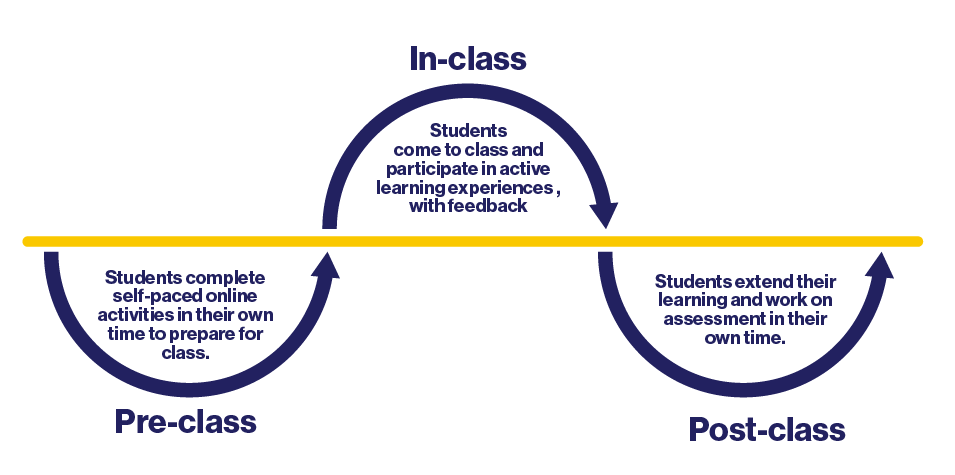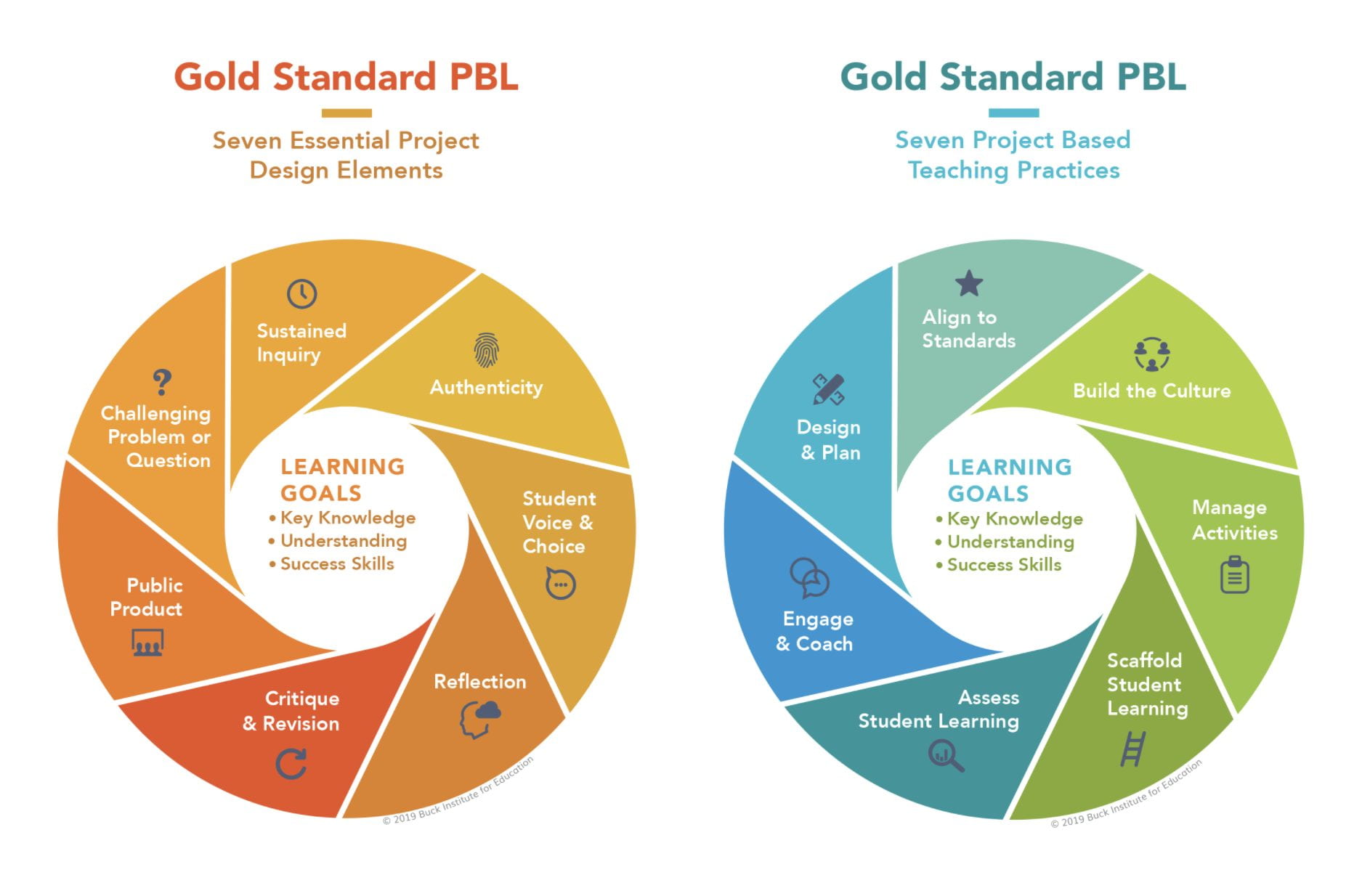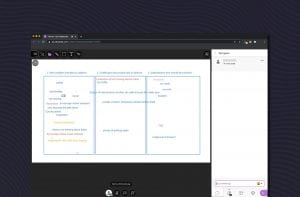Modes of Delivery
When designing your course and/or program, it is important to consider the modes of delivery that support students in gaining the knowledge, skills and competencies to achieve the intended learning outcomes. Universities still rely heavily on traditional modes of delivering education: lectures given to a large cohort of students, which are later followed by tutorials, workshops, and learners’ independent study time. While lectures and tutorials are still relevant in some settings, there are alternative modes worth exploring and implementing.
This page provides an overview of the various learning and teaching approaches that are prominent in DSC.
Studio-Based Learning
What is Studio Based Learning?
Studio-based learning encompasses a wide range of teaching styles to provide learners with hands-on experiences to enhance their learning outcomes and problem-solving skills. These authentic learning experiences engage students in the design or creative process of an object, artefact, display or performance. The pedagogical approaches underpinning studio-based learning include critical pedagogy, constructivism, experiential learning, problem-based learning, peer-to-peer learning and the master-apprentice model.
The critical aspects for studio-based learning are:
- The visual nature of the artefacts being created
- The ability for the expert instructor to interact with students and provide annotated feedback directly about a visual artefact
- The focus on peer assessment where all students in a group are provided with shared feedback
How to start?
At times, designing a studio-based approach is discipline dependent, and academics will have a unique way to run a studio. There are, however, a few elements that are common to studio-based learning, Carnegie Mellon University proposes the following model:
- Situate the studio within the discipline context
- Model expert practice
- Scaffold to allow for contextualisation, exploration and planning
- Coach and provide constant feedback
- Fade your presence to give learners greater independence
Studio-based Learning at DSC
Coming soon
The Flipped Classroom
What is the Flipped Classroom?
In a traditional, lecture-based instructional model, students typically learn new material in class, and then are expected to spend their time outside of class expanding this knowledge.
The ‘flipped classroom’ is a pedagogical model in which these phases of instruction are “flipped” or “reversed”.
Students gain first exposure to new material outside of class, usually via reading or lecture videos, and then use class time to do the harder work of assimilating that knowledge, perhaps through problem-solving, discussion, or debates.
(Vanderbilt University)
Some of the benefits of the flipped classroom model include:
- More flexibility and personalisation for students
- Increased interaction through active learning experiences during class time
- Improvements to learners’ confidence and success
- Access to time for reflection
- Encouragement of independent learning
- Promotion of peer learning
How to start?
The following is a basic overview of the flipped model:

When thinking about implementing a flipped classroom approach to your delivery, it is important to keep in mind the Four Pillars of F-L-I-P developed by the Flipped Learning Network, this will help you to ensure the effectiveness of the model. These pillars are about creating a flexible environment, learning culture, intentional content and being a professional educator.
Flipped Classroom at DSC
Project-Based Learning
What is Project-Based Learning
Project-based learning is a student-centred teaching pedagogy, characterised by a flexible, dynamic and active approach to its delivery. In PBL, learners work on investigating and responding to authentic, real world projects, problems or challenges. PBL is underpinned by other pedagogies such as active learning, experiential learning, transformative learning, social constructivism, and design thinking.
One of the most important characteristics of PBL is the shift from learning through traditional, teacher-led classroom activities to focusing on student-centred activities.
Some of the benefits of PBL are:
- Helps students develop and re-enforce 21st-century skills, such as critical thinking, creative thinking, communication, collaboration, teamwork, problem solving, flexibility, adaptability, leadership and others
- Increases learners’ engagement
- Encourages a deeper understanding of concepts through relevant and authentic learning experiences
- Encourages students to participate in Inquiry processes
- Fosters leaners’ independence, and ownership of their work
How to start?
Project-based learning is most effectively implemented through careful planning and adoption of a framework. The Buck Institute for Education – PBL Works has developed a set of principles, called the Gold Standard for high quality PBL for project design and teaching practices. These standards will help you design quality project-based learning as well as ensuring that learners meet the course learning outcomes.
According to the Gold Standard PBL, every project must have the following seven essential design elements: (1) Challenging problem or question, (2) Sustained Inquiry, (3) Authenticity, (4) Student voice & Choice, (5) Reflection, (6) Critique & Revision and (7) Public Product.

Project-Based Classroom at DSC

Interdisciplinary Communication Project
Practical/ Workshop Learning
What is Practical/ Workshop Learning
Practical and workshop learning is a broad-based modality that encompasses a wide range of learning activities involving interaction with tools and material while being taught and introduced to practical skills, techniques and ideas. Similar to studio-based learning, workshop/practical learning is underpinned by pedagogies that require the learners to be involved in processes that allow them to formulate and construct knowledge through hands-on, small groups or individual tasks. Although this mode of delivery is common in the college of SEH, it is also used in the disciplines of architecture and construction management at DSC.
Some of the benefits of practical/workshop learning are:
- Encourages learners to investigate and practice new methods
- Allows for learning through making mistakes in an environment where feedback is given on the spot, and subsequently nurtures reflection
- Provides a space for intensive collaboration and sharing
- Reinforces competencies in specialised areas
- Builds capacity and skills
- Gives learners the opportunity to gain diverse views and expertise
- Provides access to specialised equipment
How to start?
Implementing this mode of delivery isn’t complex, however, proper and thorough planning is required. Practical and workshop’s objectives or goals are at the heart of the planning process and are fundamental to designing a workshop/practical.
To ensure that every workshop you deliver provides a valuable experience for your learners, ensure that you:
- Define the goals/objectives – aligned to your course learning objectives-outcomes?
- Decide who will be present, apart from learners and yourself, is there a need to have a specialised technician present, for example
- Select the right physical space
- Plan your delivery, this is about developing a lesson plan for the duration of the practical, what will take place, when and how long for. We refer to this as the active stage
- Develop an evaluation plan that will allow you assess the effectiveness of the workshop
Project-Based Classroom at DSC
Coming Soon
Work Integrated Learning
What is Work Integrated Learning
Work-integrated learning is a pedagogical practice whereby students learn through the integration of experiences in educational and workplace settings.
WIL is defined as “an umbrella term that describes a range of models and approaches to learning and assessment that integrates discipline theory, knowledge and skills with the practice of work as an integral part of program design”
(RMIT University, 2020)
Janice Orrell (2018) from Flinders University summarised the benefits of WIL for students as follows:
- Develop their professional identity
- Advance their theoretical knowledge and transferable skills
- Communicate effectively to people in diverse roles
- Engage in teamwork, problem posing and solving, and self-management
- Enhance their digital literacy skills, and
- Understand at a practice level what ethical practice means
How to start?
When thinking about embedding WIL in your delivery, please read the information under Embedding WIL in programs to find information on:
Begin by reading and completing the RMIT Industry Engaged WIL Standards Checklist and contact the WIL champions, admins and practitioners in your school for further advice.
WIL at DSC

Professional Experience: Beyond the Classroom

Health, Physical Education & Sport
Lectures and Tutorials
What are Lectures?
A lecture is defined as “a teacher-led presentation of direct instruction to a large groups of students held-on campus”.
- Some of the benefits of lectures are:
- Allows for the introduction of new topics to large groups
- Allows for the presentation of large amount of content
- Enhances learners’ understanding of the content if part of a blended approach
- Recyclable and shareable if pre-recorded
How to start?
Stanford University suggests the tips below before planning your face-to-face lecture:
- Plan, prepare and develop the content, resources and examples
- Think about the arrangement of the content, and the strategies to be used to communicate the content
- Avoid over preparing, large amount of content isn’t always the best idea, think about the enduring knowledge
- Know your audience, when preparing your lectures always think of the content and how you will deliver it from your learners’ point of view
- Create a ‘complete’ lecture, this is about ensuring that your lecture has an introduction, body, and a conclusion. For more information on this read the University of Newcastle’s guide on creating more engaging lectures
- Develop lecture notes Allow for learners’ engagement and interactivity
- Design, develop and use visual backups and supports
- Show enthusiasm
- Ask and answer questions
- Reflect on every lecture given
What are Tutorials?
A tutorial tends to follow a lecture and is usually defined as “a teacher-led collaborative session of learner-centred learning activities with a smaller group of students”.
Tutorials can be beneficial because they:
- Supplement and reinforce the content delivered in the lecture
- Allow learners to ask questions
- Provide learners with the opportunity to discuss content in more detail
- Allow learners to seek and receive more personalised assistance
- Foster collaboration amongst learners
- Allow the teacher to get to know leaners better
How to start?
When it comes to tutorials, like any other mode of content delivery, planning is paramount. Most of the tips mentioned under lectures can be applied when designing a tutorial. However, remember that in a tutorial you will work very closely with your students, allowing you to assess where in the learning journey they find themselves. For this reason you must ensure that the time you have with your students is productive.
In preparation for a tutorial:
- If you are not delivering the lecture, do ensure that you are aware of what has been covered in the lecture
- Decide on the type of format that you will adopt for your tutorial. The University of Waterloo suggest the following types:
– Discussion-based tutorials
– Problem-solving tutorials
– Review and Q&A tutorials - Plan your tutorial using the following points, as developed by the Tasmanian Institute of Learning and Teaching:
– Determine prior learning and skills
– Decide on learning outcomes
– Select and organise resources
– Determine a sequence for the development of knowledge and skills
– Select delivery strategies Reflect and evaluate
WIL at DSC

Designing for engagement online

